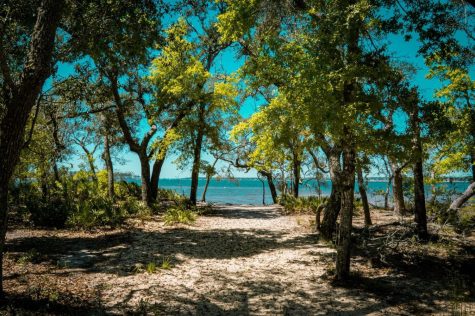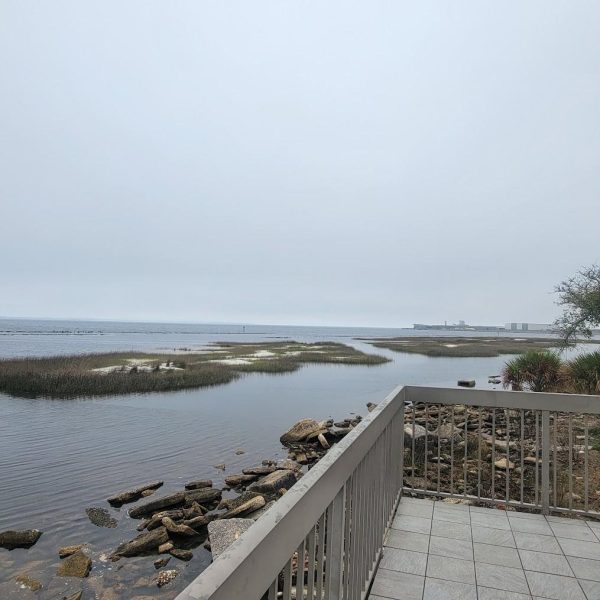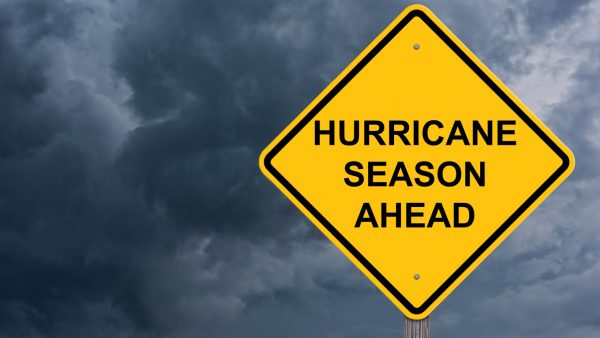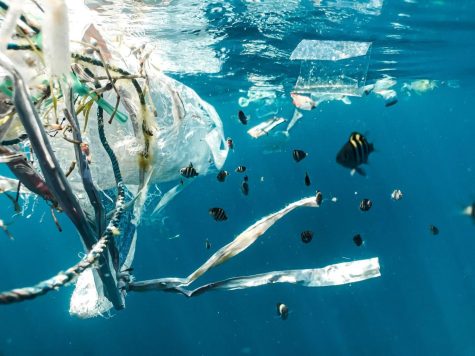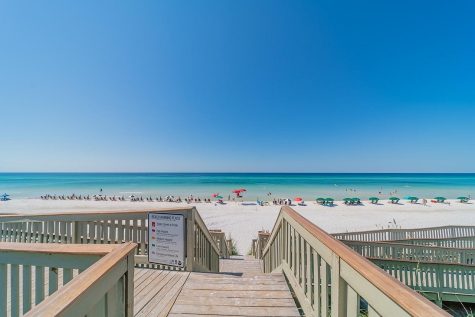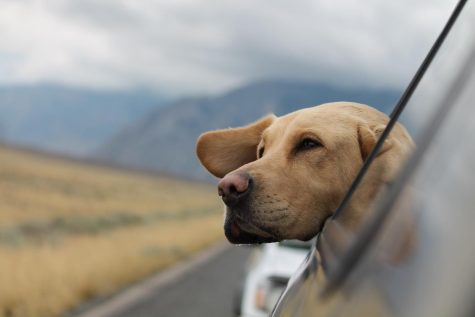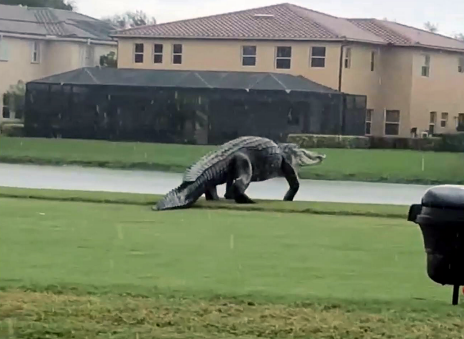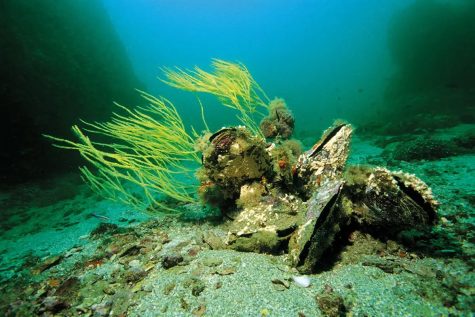Selfies to Stewardship: Issues facing Florida’s state parks
February 22, 2023
Northwest Florida contains more than a dozen federal and state parks full of biodiversity unseen in the nation. Florida’s state parks are home to 124 endangered species, many of which call the Panhandle home. Environmentalists face a unique set of challenges in the region as a result of a host of contemporary issues.
As social media gurus on platforms such as Instagram show off their adventures to the wider public and publish a variety of content on the matter, their followers are flocking to our natural sites to make their mark online. According to the Associated Press (AP), the 10 most-visited national parks suffered more than 11,000 vandalism incidents. There were 52,000 vandalism warnings issued in 2015.
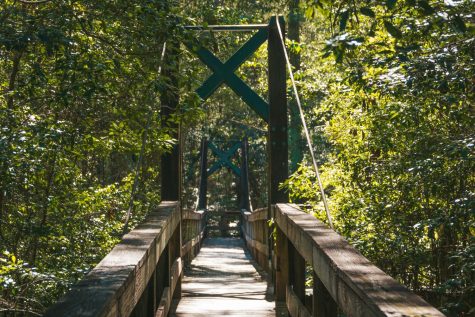
As many avid park-goers can see, this results in many hidden secrets being paved over and roped off to protect the environment from social media trends.
The Oxford Academic Journal of Bioscience considers Northwest Florida as one of the most biodiverse regions in North America, largely in part due to how late urban development occurred relative to the region and the rest of the country.
The rare long-leaf pine ecosystem and coastal dune lakes are currently protected by the Gulf Coastal Plain Ecosystem Partnership, which was established in 1996, prior to the majority of urban development in the region. The agreement includes the area’s military ranges, state forests and state parks. Development is one major threat facing these fragile habitats.
Suburban development is placing large amounts of nitrogen and fertilizers from lawn care and golf courses into the watershed. This is causing algal blooms and diminished water quality even in the area’s sparse protected areas.
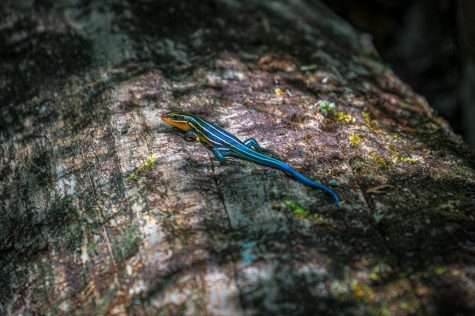
Another major cause of concern is climate change. Beaches are undergoing large-scale erosion, many water tables are inundated by salt water, wetlands that filter pollutants are now finding themselves underwater and invasive species are prevalent because of shifts in temperature in the region. Species that previously couldn’t survive in the area’s climate are creeping in and taking over the niche environmental roles of native species.
Protected areas serve an important role in protecting our cities from storm surges, buffering wind gusts, filtering pollutants from runoff and stabilizing insect populations.
Some state parks have introduced capacity limits to put a cap on visiting populations inundating protected areas and prevent trampling of native plant species and reduced environmental services provided by protected areas.
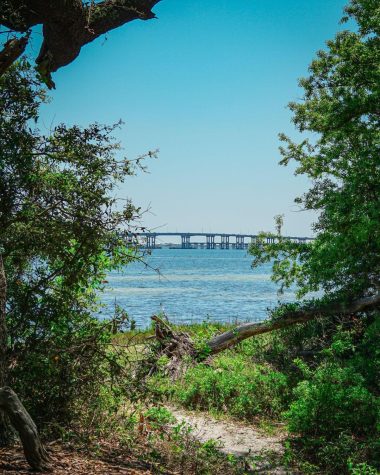
Other parks have been engaging in education and outreach, spreading information on how to be a good steward of the land while also enjoying it. Signs at many local parks will feature the saying “leave nothing but footprints, take nothing but pictures.”
To keep these areas afloat, some local environmental leaders have taken to social media to emphasize key values that preserve Florida’s natural areas. Some mantras include “staying on the trail,” to avoid stepping on sensitive species or introducing new ones.
Online platforms could potentially be a tool to promote good practices on the trail, with various organizations supplementing environmental preservation funds for protected lands.
